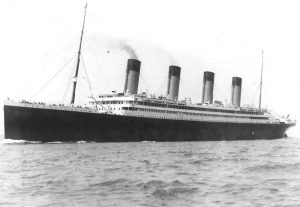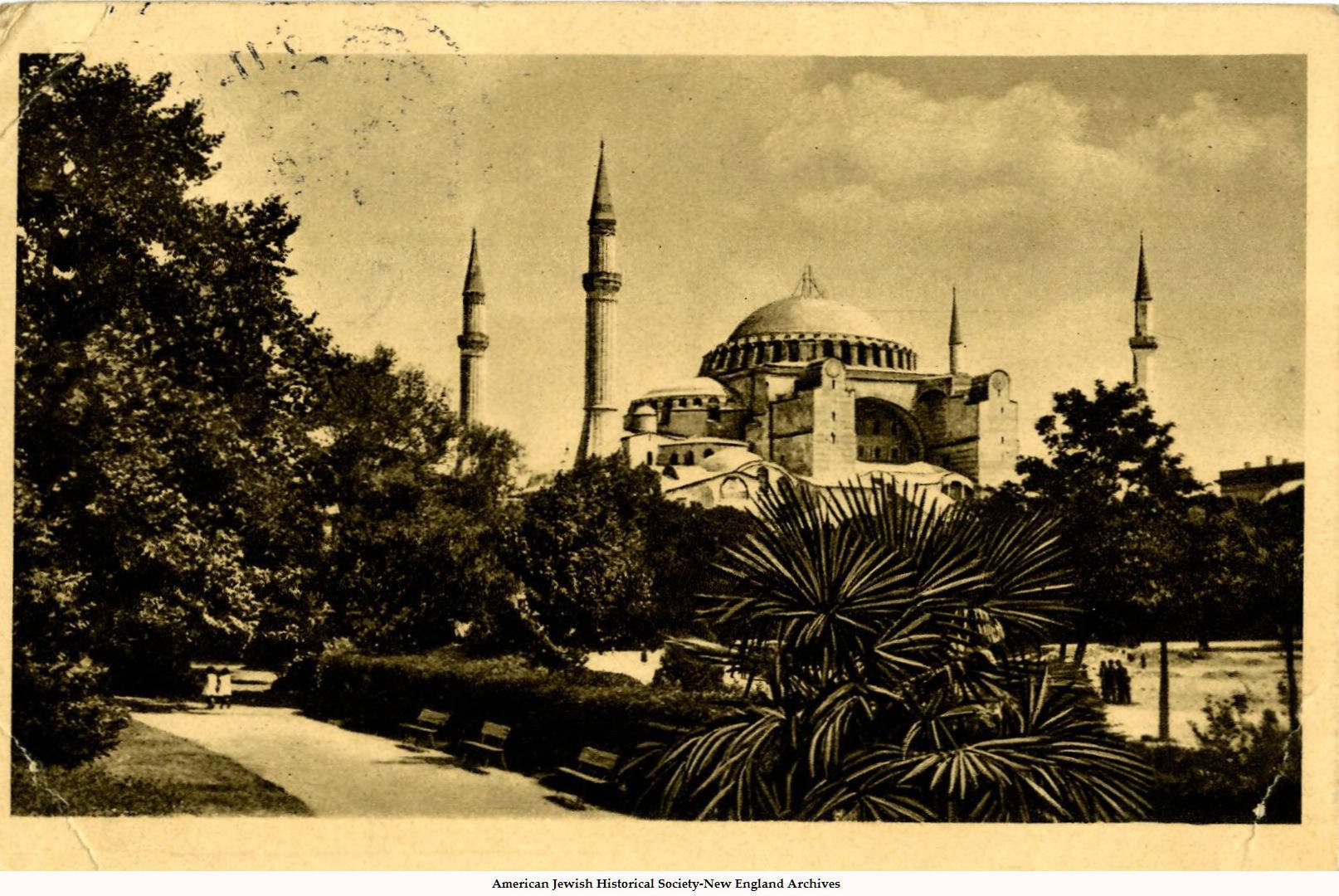
On the train from Washington D.C. to Boston this past summer, I sat next to an immigration lawyer by chance. Thanks to reading immigration case files all the time, I was proud that I could at least identify a few documents and steps in the immigration process he mentioned. I remember remarking how difficult it must be to understand the immigration process and navigate it successfully. Thinking about the encounter in hindsight, and after interning at the Wyner Family Jewish Heritage Center for a year, I realized that the immigration process being difficult, tedious, and full of unexpected challenges isn’t exactly new.
During the Second World War, the U.S. State Department was notorious for its role in impeding the immigration of refugees, particularly Jews. Reflecting fears about German spies, the Department issued a so-called “relatives rule,” which instructed U.S. consuls abroad to deny visas to any applicant with close relatives in Nazi-occupied territory. Continue reading An immigration obstacle course




